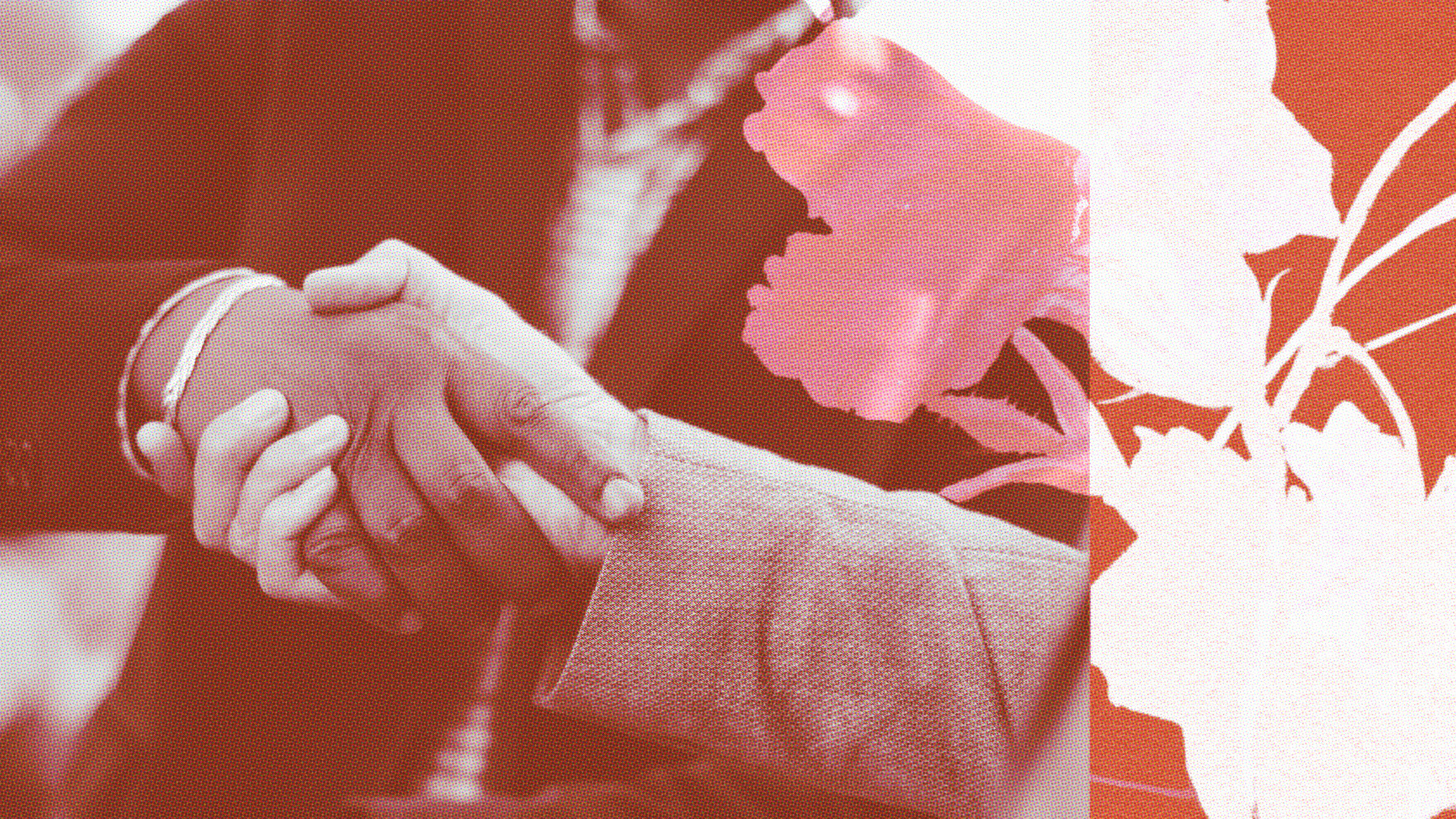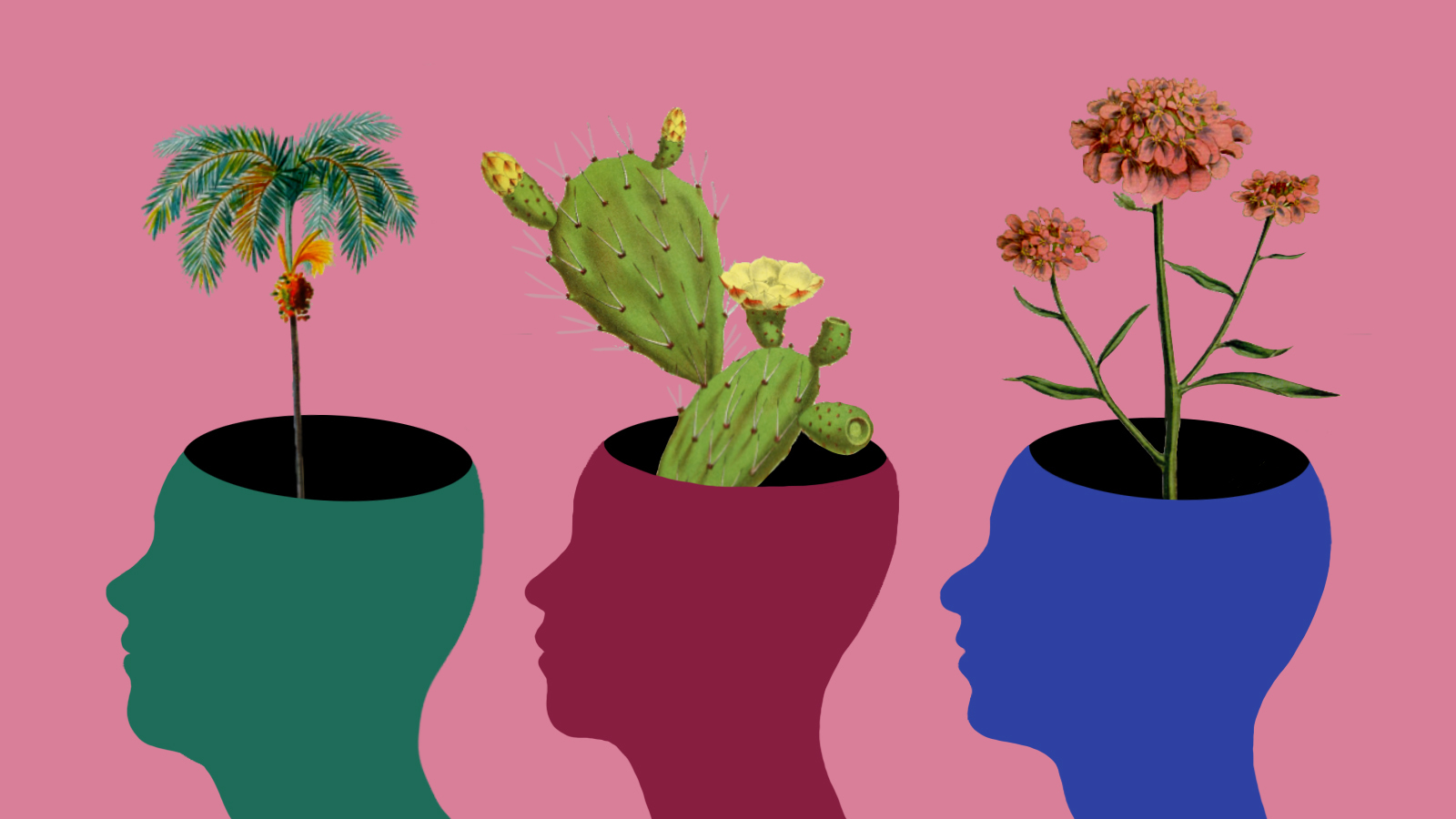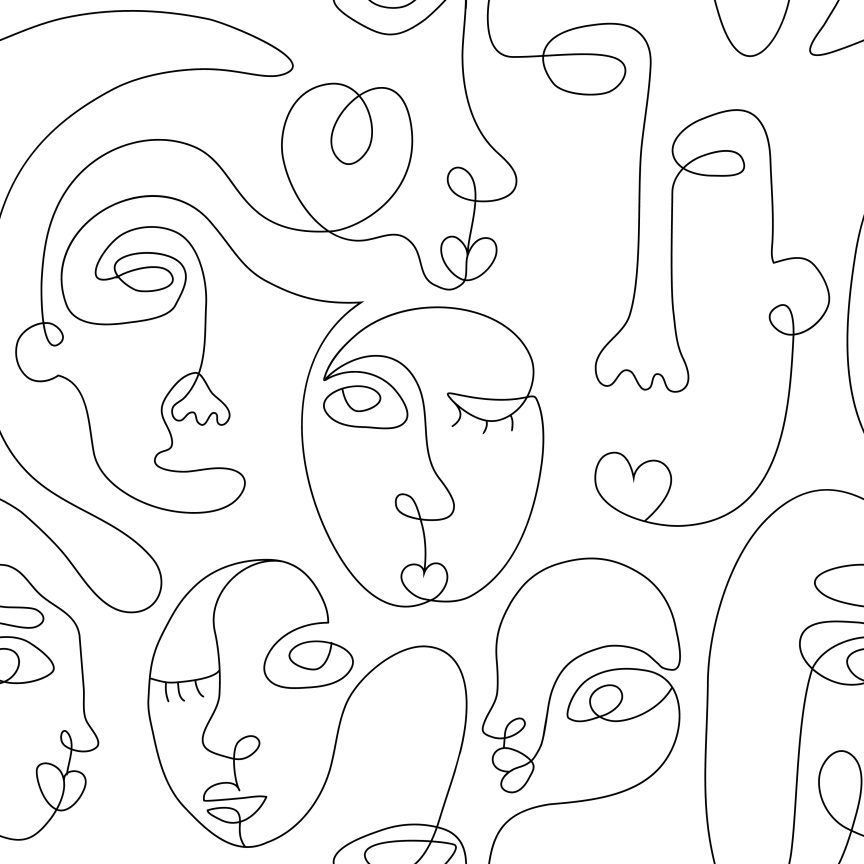It doesn’t matter if negative stereotypes are false. They still harm anyone subjected to them because of how the brain reacts, internalizing the feeling of being excluded from a certain group. According to Columbia University psychologist Valerie Purdie Greenaway, that can sap your workplace performance, your ability to concentrate, and your ability to be authentic with others. Everyone eventually experiences what it’s like to be on the outside of a group, as well as on the inside of one. But it’s worth knowing what the harms of being unfairly treated are. They go much deeper than hurt feelings.
JENNIFER BROWN: I’m going to jump right in Valerie. Tell the group, what do you do now for your professional calling? Why do you love it? And tell us what motivated us originally to study what you study?
VALERIE PURDIE GREENAWAY: So my day job is I am a professor of psychology, so I teach at Columbia University and I teach in the department of psychology, so I teach cultural psychology. Everything from how does your brain change when you go on vacation to how does stigma and bias and as an outsider—identity—how does it affect our neurological functioning, our psychological functioning and our workplace functioning?
I also have a research lab, and so just like the movies it’s actually in the basement. And so we bring people into the laboratory and what we try to do is we try to study what I call insider and outsider dynamics. And insiders are people who are historically, say, part of a company. It could be the five people that started a company, or the group that is indigenous to a neighborhood, or a country or any kind of group. And then outsiders are those who are underrepresented in some way, who have some kind of outsider status in some way.
So you can think about this in the context of gender or race or ethnicity or religion, but you can also think about it in terms of who in a company went to one particular school versus another.
You can think about it in terms of the founders of a company or people whose parents have always worked in corporate America versus those who are new.
So what I like and what I have started to show is that the insider-outsider dynamics may be local in terms of what the group is, but everybody experiences outsider status in some context, everyone experiences insider status in some context.
And so I’ve been doing a lot of work on what does that look like, what does that feel like, what are the neurological underpinnings and how can we bridge those gaps?
Whenever I talk to companies a starting point is: what is the structure of the company that either facilitates performance of all groups or undermines performance of all groups?
So rather than sort of looking inside people for talent, looking at personality matrixes, we really need to think about what is the structure of the company?
And I’ll give you a couple of different examples.
But where stereotype comes in, and stereotype threat comes in, is the general idea that when you belong to a group that has some kind of outsider status and you are in a really hot performance situation, you’re taking a CPA exam, you’re giving an interview, it’s right before year end evaluations. If you belong to a group of which there are stereotypes about your intellectual ability—so, for instance African Americans not being particularly smart, women not being particularly smart, but only in the area of like mathematical performance and engineering…
JENNIFER BROWN: According to the Google memo writer that would be a true statement.
VALERIE PURDIE GREENAWAY: In those contexts there is a worry about being seen through the lens of that stereotype and that that can undermine performance, actual workplace performance.
And so you can see it on literally—so take a slice of the brain—you can see the part of the brain, the amygdala that’s associated with anxiety is sort of amplified, and the prefrontal cortex, a part of the brain that’s associated with learning and memory, is sort of tamped down.
But what that translates into is three things. One is your workplace performance just is not as good as it could be. Two, your brain is doing double duty: you’re worried about how others are viewing you, you’re sort of contending with these stereotypes as well as doing your work. But three, it undermines motivation. So you just can’t give it your all.
And I would actually add a fourth piece to it, is that it undermines your ability to be authentic. So when you think about an authentic self, are you going to be creative? Are you going to bring your creative self to work? You can’t do that when you’re constantly constrained with contending with the stereotypes.
And so the piece of it that I try to help people understand is that it’s very, very subtle.
For instance I was working with a financial firm and a woman told me a fantastic—well for me it’s fantastic but it’s not so fantastic—a story about how she was on a panel and on this panel they had chairs, and the chairs were sort of the height of a standard man. So she’s on this barstool with her legs kind of swinging in the breeze.
JENNIFER BROWN: I’ve been there. It doesn’t occur to people, these are uncomfortable.
VALERIE PURDIE GREENAWAY: And sort of feeling kind of really small. And this is a structural feature. It’s just a chair. But it’s just another reminder that her identity and physiology is actually one of outsider status. Those chairs were not made for her.
And you might think about it, “Well why are we talking about chairs?” It’s one instance in which it’s just a cognitive reminder of insider/outsider.
You know you can think about this in terms of extramural sports that they have at work which are great ways to get people to come together. But also it’s another reminder of an insider-outsider dimension: Those who can play and those who can’t. And even if you can’t play you have to pretend like you can play.
JENNIFER BROWN: That's right.





